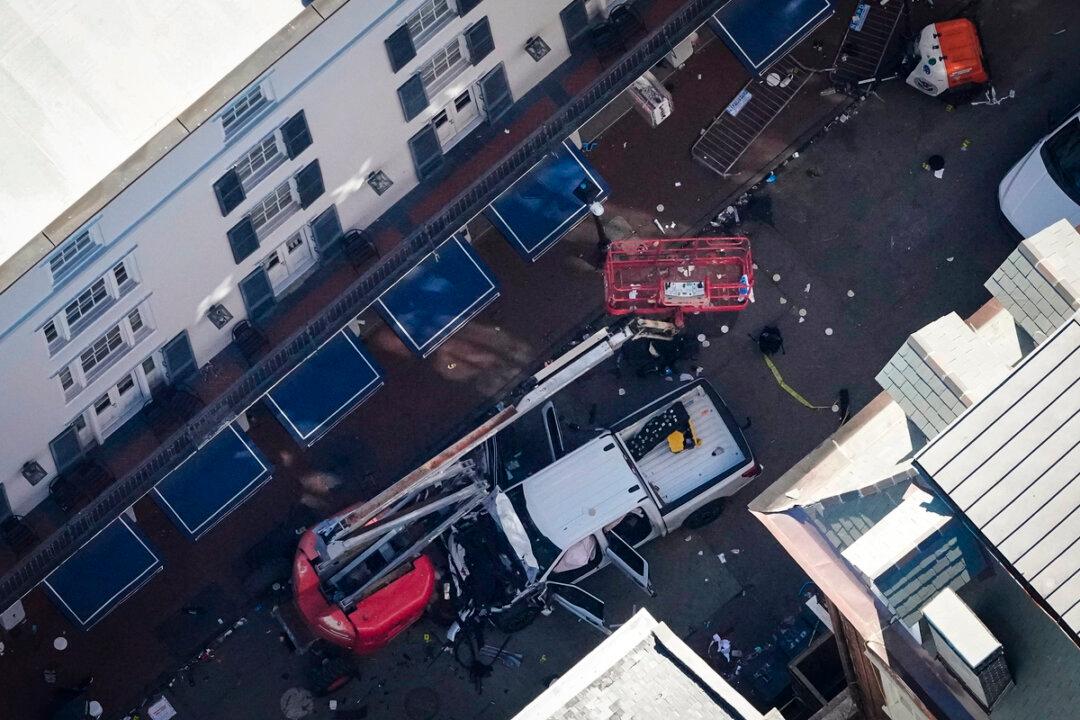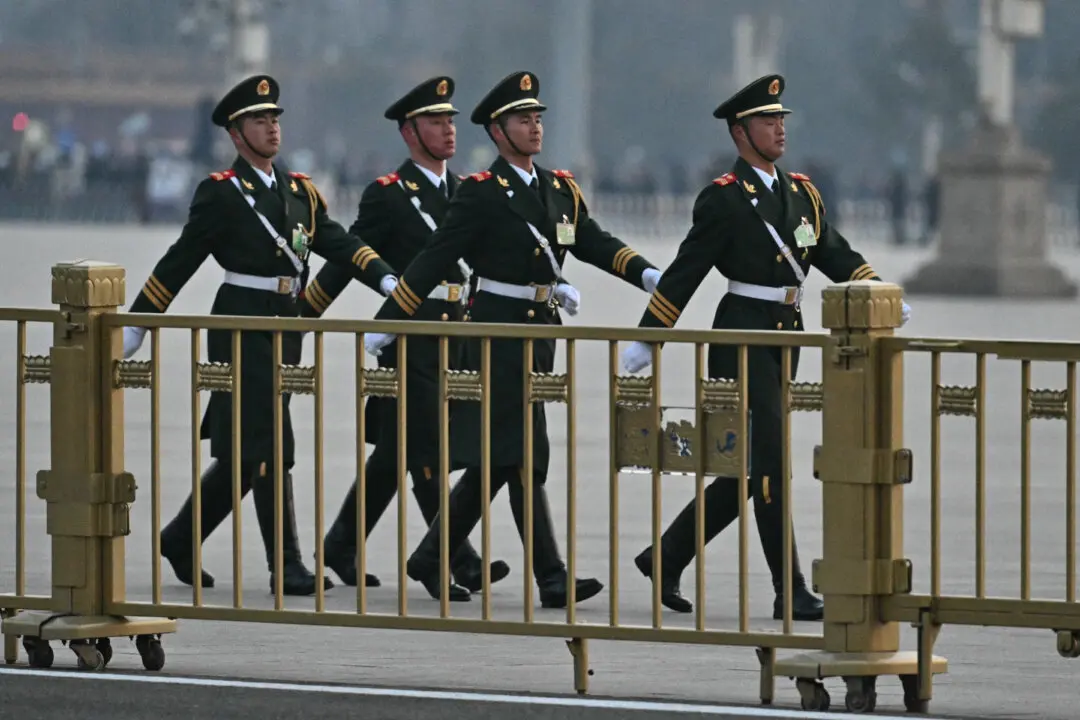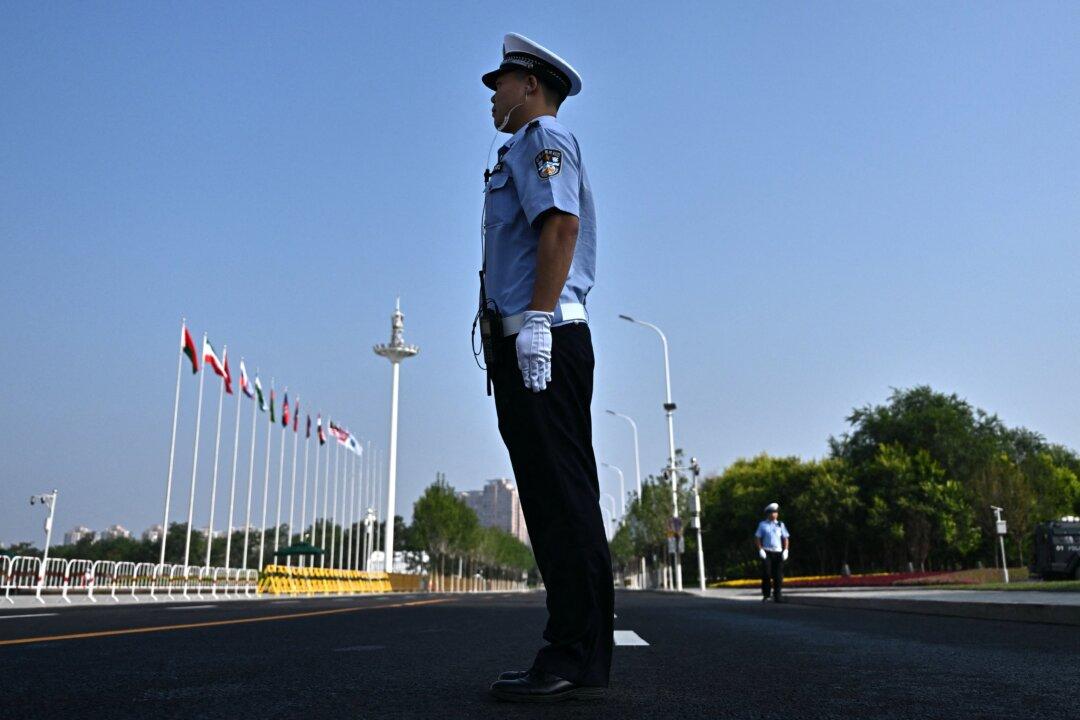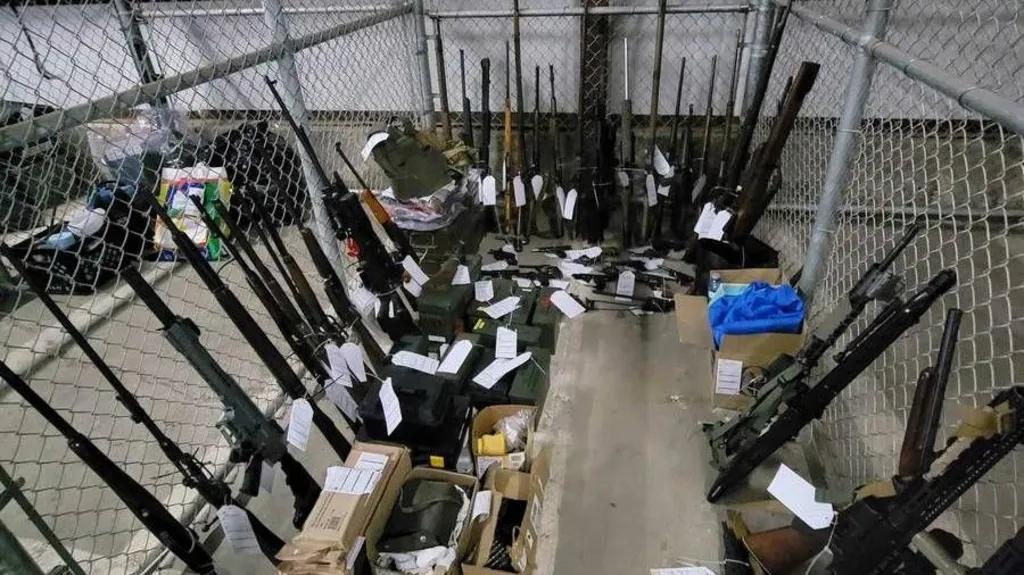For many around the world, the transition from one year to another is something to celebrate. We usually engage in reviews of the previous 365 days, make resolutions for the next, and party with our friends or attend events to ring in the New Year. Pretty typical, I’d say.
This is exactly what happened in New Orleans two days ago, but the festive atmosphere was rocked by a terrorist attack. A man drove a truck through a crowd on Bourbon Street, killing at least 14 and wounding dozens, before he got out of his vehicle and engaged police in a firefight, and was subsequently killed. There are also reports that he had IEDs (improvised explosive devices), which thankfully failed to detonate.
As these are still early days, it is important not to over-speculate on the assassin, his motives, and his modus operandi, but there is a fair bit we already know for certain. He was a U.S.-born army vet who had served in Afghanistan and converted to Islam at an unspecified point in the past. He had marital and financial woes but also spoke online of a war between the “believers and the unbelievers” and pledged allegiance to the ISIS terrorist group. He appears, at least at this stage in the FBI investigation, to have acted alone.
There is so much to unpack here, despite the fragmented nature of what we know and do not know. Most importantly, this was, at a minimum, an ISIS-inspired attack: Whether the terrorist was actually in touch with the jihadi group is not that relevant. If he did not receive help or guidance in his attack planning, he could easily have done so on his own using online material. That he chose to use a vehicle to carry out his attack is also unsurprising as this has become the tool of choice of jihadis (and others) in recent years.
His military background evokes the memory of Nidal Hassan, who shot up his colleagues at Fort Hood in Texas in 2009 (and was given a death sentence for his crimes). Like the New Orleans terrorist, Hassan evoked the killing of Muslims abroad, a common trope among jihadis.
There is also reporting about changes in his mannerisms of late. Although his family have maintained that they saw nothing of concern, there were blatant signs of radicalization. No, these do not always indicate impending acts of terrorism, but they should be noted. My colleagues at CSIS and I studied these signs for years in the 2000s. The fact that the Houston mosque attended by the dead terrorist has allegedly instructed its patrons not to talk to the FBI is unfortunate and unacceptable: If we are to learn anything about what happened and why, those who knew him best have to come forward.
Criticism over security measures in New Orleans must be seen through the lens of what is possible and what is feasible. Locking down communities or events is all but impossible as there are far too many concerts, football games, Christmas markets, and day-to-day activities to protect. After all, Alek Minassian drove down Yonge Street in Toronto in 2018, killing a dozen people. Are Toronto authorities to put concrete bollards along Canada’s longest street?
What this attack really signifies, however, is the continuing threat from Islamist terrorist organizations like ISIS and al-Qaeda, as well as those who take their lead from their propaganda. We have been fed the line for the better part of a decade that these terrorist causes were all but finished and that we have only to worry about the so-called “far right.” And yet, data from around the globe demonstrates starkly that jihadis carry out more attacks with higher levels of fatalities than any other groups of terrorists, and at several orders of magnitude higher. The facts do not lie.
Given the ongoing wars in Lebanon, Gaza, Yemen, and Afghanistan, as well as the overthrow of the Assad regime by a bunch of Islamist extremists (who are trying to rebrand themselves as “good guys”), none of this should come as a surprise to anyone. The trendlines are clear, and this particular form of violent extremism is showing no signs of ebbing. That it has come to the United States on New Year’s Eve is also not unusual: attacks in San Bernardino in 2015 and Orlando in 2016 were also executed by ISIS wannabes.
As the great philosopher Yogi Berra once said, “It is difficult to make predictions, especially about the future.” I will heed this advice and refrain from extrapolating beyond this event and what it portends for 2025. Still, it’s not a great start to the new year.





